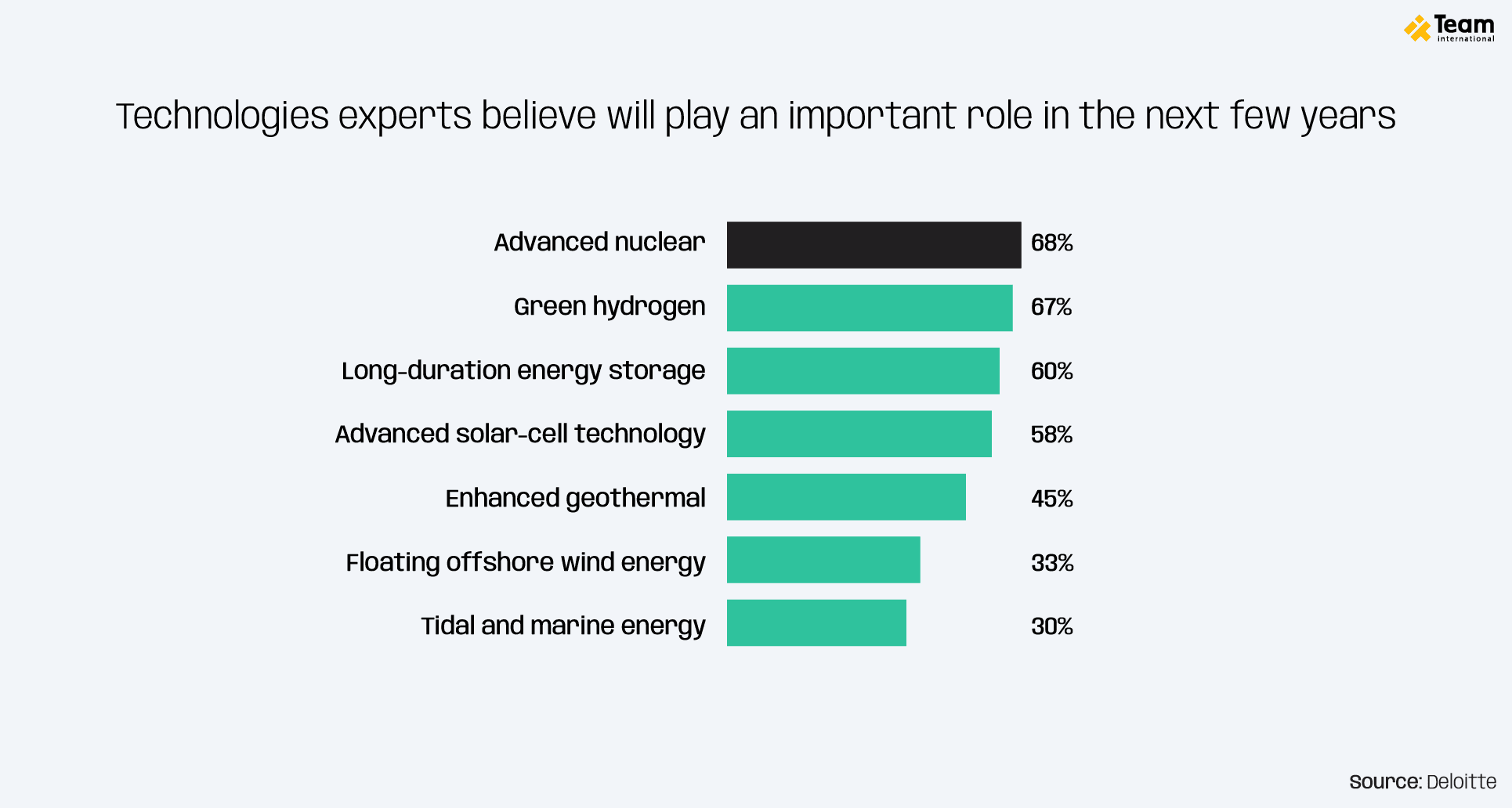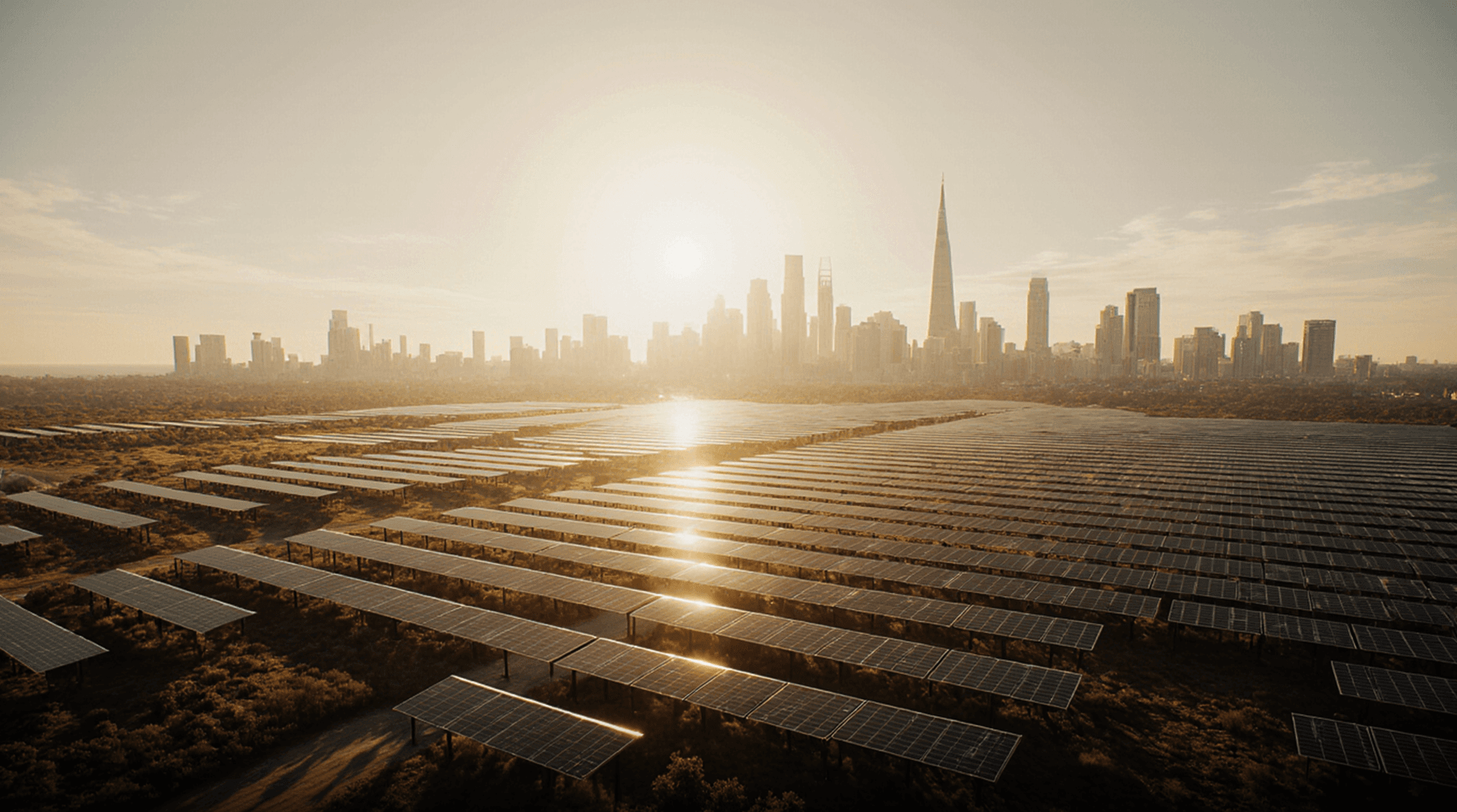In recent years, investments in renewable energy solutions have steadily increased, driven by the urgent need to reduce carbon footprints and the growing power demand. The International Energy Agency (IEA) stated that investment in clean energy nearly doubled in 2024 compared to 2015, reaching $2 trillion globally, far outpacing the $1.1 trillion invested in fossil fuels.
Multiple factors, from politics to economics and environmental regulations, have boosted this remarkable growth. Given the critical importance of renewable energy systems, let’s explore the most promising trends shaping the industry's future, emphasizing key technologies and the challenges of transitioning to a more sustainable society.
Renewable energy trends
With the urgent need to address climate change, renewable energy has become an environmental necessity as well as an economic and social priority.
Policies driving the energy transition
In the past few decades, international conferences and agreements have focused on finding solutions to mitigate the effects of climate change. One of the most important goals is achieving net-zero emissions by 2050. A key recent event was the 29th United Nations Climate Change Conference (COP29) in 2024, where governments of developed countries pledged to allocate a minimum of $300 billion annually by 2035 to support developing countries' fight against climate change.
Fiscal incentives, job creation, and growing investments support these commitments, which are expected to continue rising in the coming years. As countries work toward these ambitious goals, policies are evolving to create a favorable environment for renewable energy systems, pushing further innovation and growth.

AI in renewable capacity
The continuing adoption of artificial intelligence transforms every aspect of all sectors, including the future of renewable energy. With the increasing use of AI, its impact on energy consumption, especially in data centers, is becoming a critical concern. According to the World Economic Forum, many tech companies have been investing in nuclear energy over the last year, which, while not technically renewable, experts still consider it a clean energy source due to its low carbon footprint.
On the other hand, AI is playing a vital role in improving energy grids, optimizing storage, and repurposing brownfields for renewable energy production. For instance, the US Department of Energy (DoE) has funded research using AI to accelerate the development of new circuit technologies for high-voltage direct current converters, which will help integrate remote clean energy generation more efficiently.
Emerging technologies in renewable energy
The need for innovation and improving renewable energy advancements continues to grow, especially as government incentives drive the global transition to cleaner energy. In 2024, the US led the world in investment in power grids and storage, allocating a record $124 billion to strengthen and expand its energy infrastructure.

#1 Green hydrogen
It is an energy carrier generated through water electrolysis powered by sustainable energy systems, making it a clean alternative to traditional hydrogen from fossil fuels. This technology is set to revolutionize industries that are difficult to electrify, such as steel manufacturing and heavy transportation.
DoE has allocated $7 billion to develop hydrogen hubs, with five of seven projects already receiving Phase 1 funding. They will be crucial in scaling up production and decarbonizing industrial sectors in the US.
#2 Long-duration energy storage (LDES)
Renewable sources, like solar, water, and wind, are highly dependent on natural conditions, leading to fluctuations in power generation that LDES systems help manage. Providing flexibility and stability, it ensures that excess energy operators collect during peak times can be stored for days, weeks, or months and released when demand is high, maintaining an uninterrupted supply of clean power. This technology is essential for enhancing grid safety and reducing reliance on fossil power during periods of low renewable output.
#3 Advanced solar-cell technology
In 2024, solar energy hit the highest investment of generation sources globally, reaching $500 billion. Solar cell technology advances are helping make production more affordable and efficient. Industry experts work on developing different types of solar cells, such as silicon, perovskite, and tandem cells, to improve energy conversion rates. Tandem solar cells, for example, stack layers of materials to capture more sunlight, increasing efficiency, and perovskite cells are cheaper and more flexible.
Challenges and opportunities in transitioning to renewables
The energy transition offers immense potential for a cleaner, more sustainable future, but also comes with significant challenges. While sustainable power sources like solar, wind, and hydro power are critical to reducing carbon emissions, they still face limitations. One of the main challenges is the high initial investment required to build the correct infrastructure. Furthermore, many of these energy sources depend highly on natural factors such as weather and time of day. Additionally, many renewable energy projects require large amounts of space and land, which can limit their implementation in certain areas.
However, these challenges come with opportunities for innovation and growth. Many governments offer tax reductions and financial incentives to promote the shift toward renewable energy systems. As the global demand for clean power rises, fossil fuel investments are declining, while the clean energy market is expanding rapidly. This shift presents a significant opportunity for businesses to invest in the technologies and infrastructure needed to support a sustainable future.
While challenges remain, the promise of rapid innovation and growth is vast. Now is the best time to find your next tech partner to transform the future of renewable energy.
